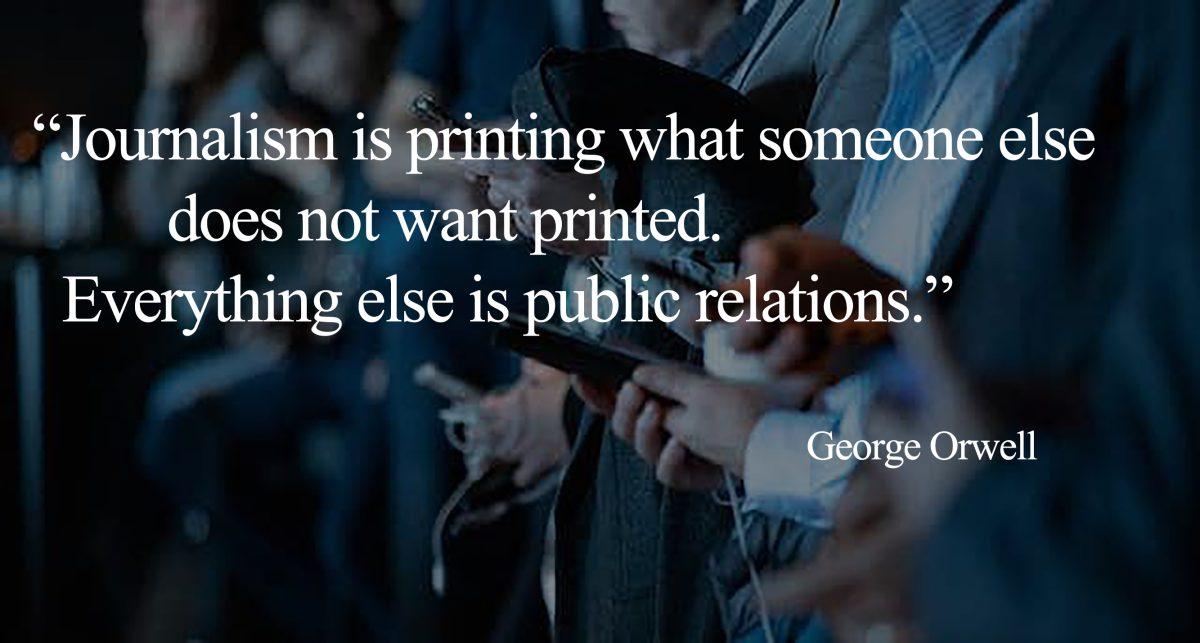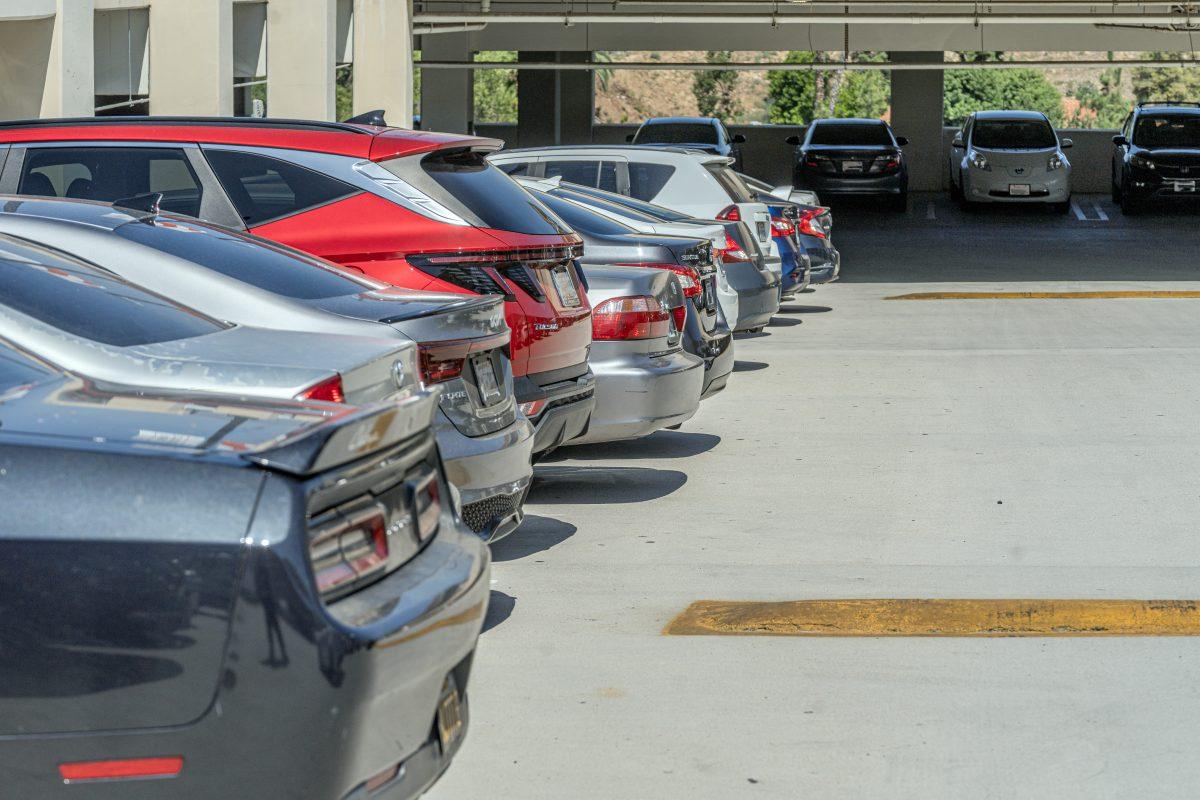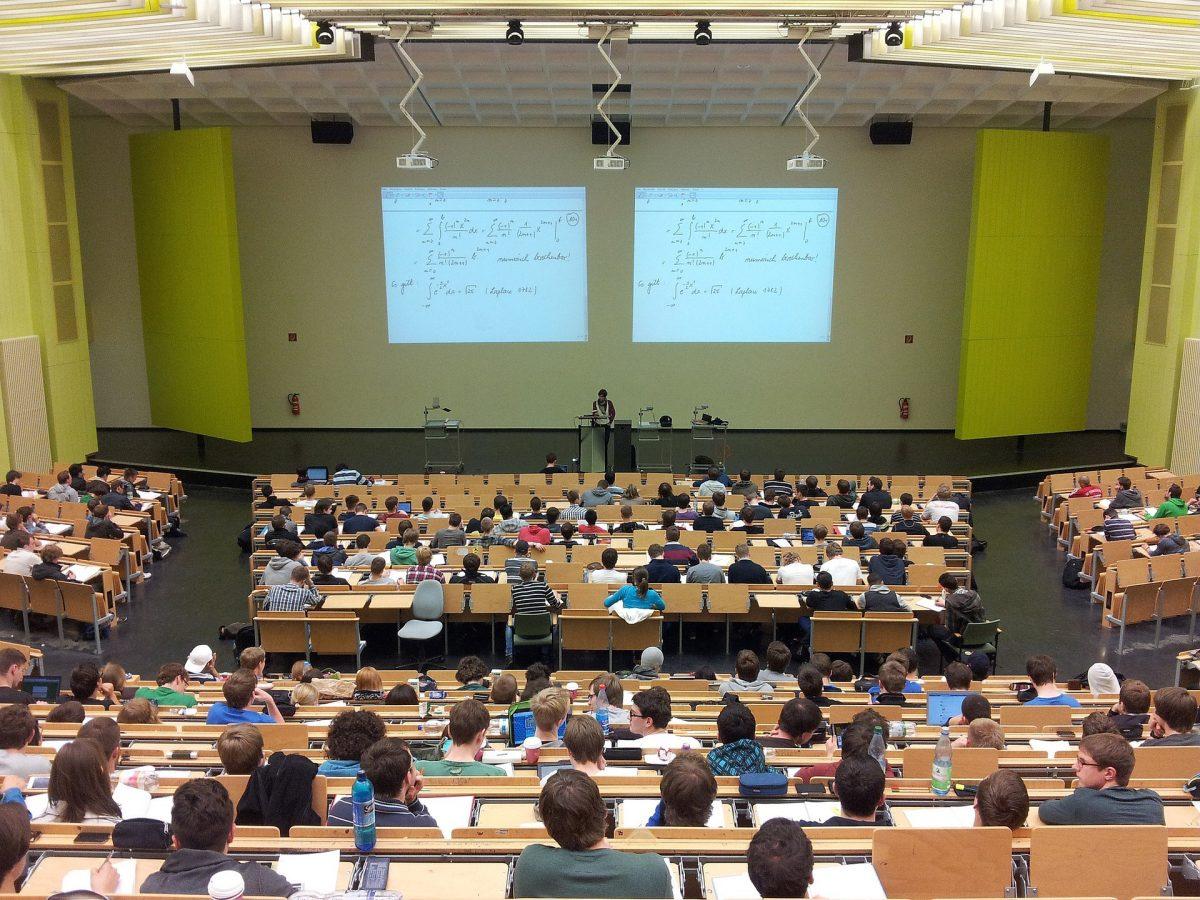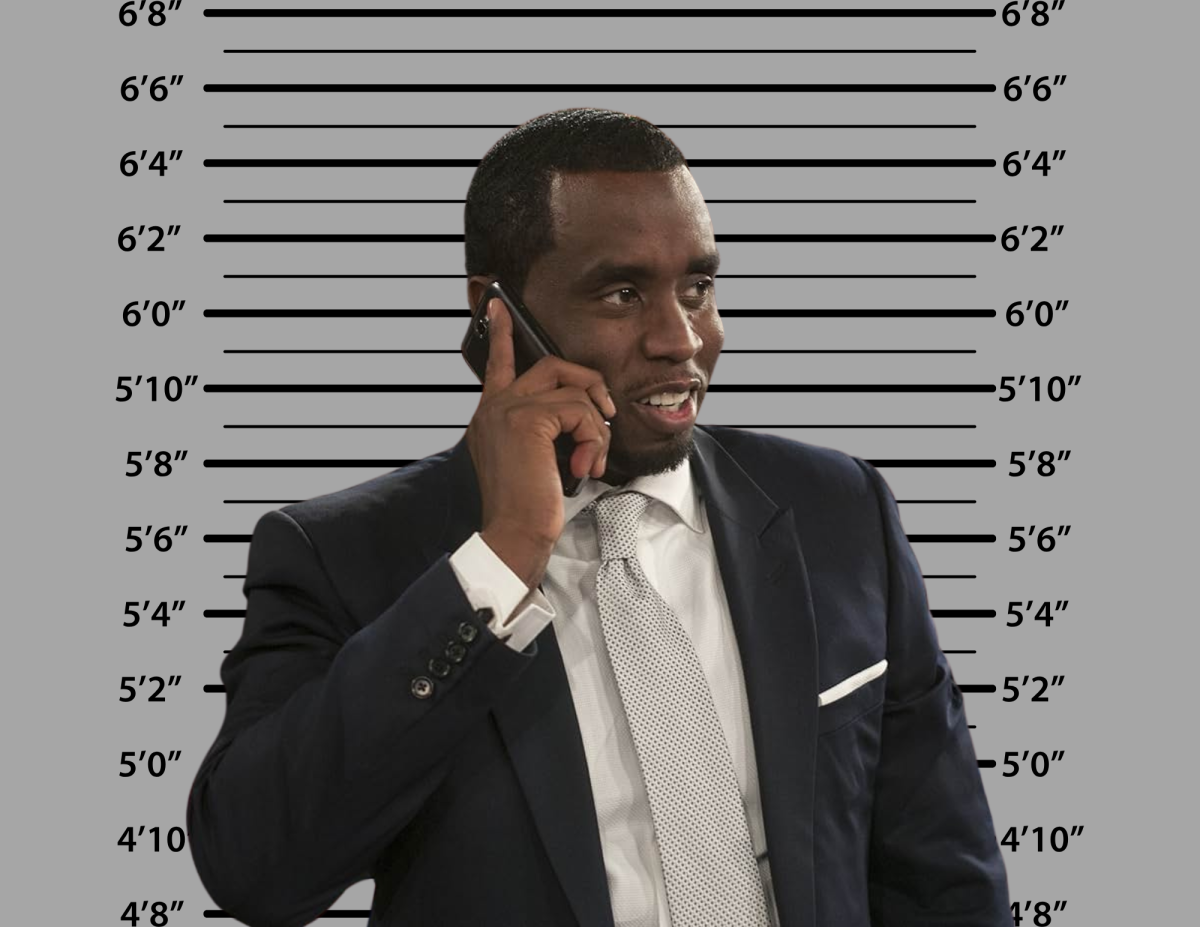In society it seems that the person who has the loudest voice gets the most attention.
Historically, movements have been led and changes implemented by the protests and shouts of the dejected.
We can picture emotional speeches, such as Martin Luther King Jr.’s “I have a dream,” or impacting protests, such as “Tank Man” in Tiananmen Square on June 5, 1989.
Changes are not made by the submission of the repressed, but by the expression of outrage and defiance.
In the case of students with disabilities at Riverside City College, endurance is the course of action in the face of segregation. Students who struggle daily with simple tasks of mobility persevere through the hurdles and obstacles of RCC as if their life is naturally an obstacle course, and there is no other way to perceive it.
A person with a disability does not demand sympathy, nor do they necessarily deserve it. A disability can be an enriching part of a person’s identity.
At the point that people embrace their distinctions their lives are made fuller by the communities they can become a part of. But the novelty a disability can introduce does not negate the challenges of functioning in our society as a minority.
Adam King, an RCC student born with no tibia in either of his legs believes that people with disabilities will find a way.
King has an infectious attitude toward life and an encouraging humor that make it difficult to see him as being disabled.
King isn’t discouraged by his limits, but pushed forward by them. He is proud and independent, like many other disabled or handicapped students at RCC.
To hear the disabled students talk about the campus’ accessibility, you would think it were easily traversable. But when you ask deeper questions deeper issues arise. It is not that the college is meeting the demands for Americans with Disabilities Act compliant public places, but that the students are adjusting adequately to the passé norms of their surroundings.
The bathrooms aren’t big enough for a person in a wheel chair to turn around in. The elevators have ramps to them to make using them difficult. If and when they break, students cannot get to their classes. Some ramps to public areas are steeper than California code allows, and hills are difficult to traverse.
To add to the struggles, construction makes navigation cumbersome, time consuming and confusing. There are no maps that indicate accessible pathways or ramps, and there are no plotted paths to go around construction sights.
“But doesn’t the construction have a pathway around it?” King said. “Honestly, people with physical disability are already faced with the daily challenges of getting ready for school. They are capable of getting over minor construction obstacles no matter what.”
The issue is not the capability of a student who is disabled, but the accommodation of the college facilities for those students.
It should not be accepted that there will be a struggle for you to get to a class you have. There shouldn’t be an issue with your teacher if the elevators break and you can’t attend class, like a case with William Gonzalez.
“For me it’s actually really easy because I’m used to it. It’s not that bad, but I’ve seen other people in wheelchairs who have problems going up these steep ass hills,” Gonzalez said. He also had a difficult time attending the homecoming game, where his friend was running for homecoming king.
Gonzalez couldn’t really be included because the accessibility with the bleachers separated him from the rest of the supporters.
Handicap parking spaces should not be located mainly on the lower campus and should allow ease of access you might feel in your home or at a newer grocery store.
Handicap ramps should be maneuverable by the lethargic, as much as they are for the robust. People with back injuries should be able to access everywhere on campus, as well as the elderly, the deaf, blind or physically disabled.
At a time when it seems like all of the college is under construction, it’s hard to believe that the ADA updates to the bathrooms still leave them difficult for people in wheelchairs to access.
It’s interesting to discover that elevators unbound by story heights begin and end with elaborate ramps, or that construction zones offer no alternative routes for the disabled. It’s interesting as well to learn that the Disabled Student Programs and Services department doesn’t have an ADA map they provide for students.
The distances between elevators on the lower field are exhausting, and the footpaths are confusing.
Even for able bodied students navigating the campus is a challenge with the lack of way finding and signage.
While the campus led the charge in becoming ADA accessible, the standard has fallen far behind what could be considered fair and equitable.
Not enough is being done for the silent among us that live every day almost forgotten by those in charge of making the campus safe and accessible.











